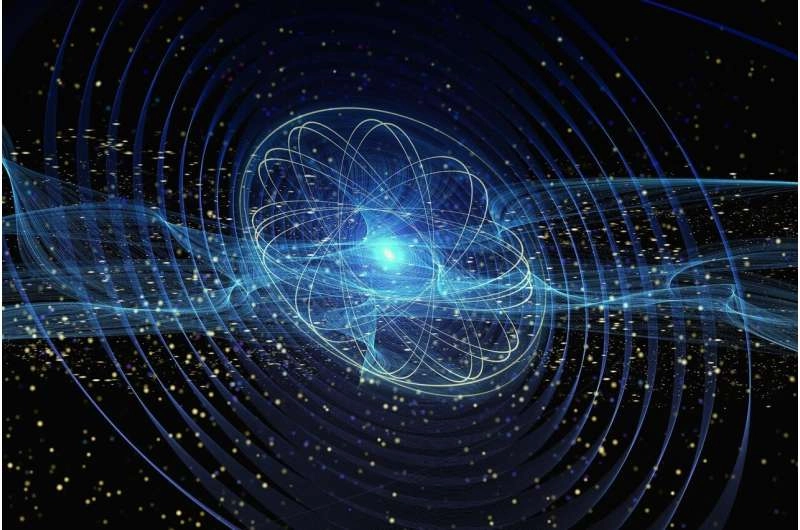 Credit: Pixabay/CC0 Public Domain
Credit: Pixabay/CC0 Public Domain
Polaritons are formed by the strong coupling of light and matter. When they mix together, all the matter is excited simultaneouslyreferred to as delocalization. This delocalization has the unique ability to relay energy between matter that is otherwise not possible.
Disordered energy is ubiquitous in nature and the universe. Disordered energy is less organized and less available to do work, such as with heat dissipation. Even in plants, disorder can ruin effective energy transfer.
In the context of polaritons, as disorder increases, it can negatively affect light-matter interactions, including polariton-enabled energy transfers. Overcoming this disorder is an important topic across many scientific fields.
In a new study, researchers from UC San Diego designed experiments to show how disordered energy can limit the energy transfer pathway, and further demonstrated a strategy to overcome this limitation. The research is published in the journal Science.
This work establishes a new theoretical criteria beyond which polariton formation can retain its coherent delocalizationa feature that can influence the properties of matter to control chemical reactions, with potential applications in energy technology and photonic engineering.
More information: Guoxin Yin et al, Overcoming energy disorder for cavity-enabled energy transfer in vibrational polaritons, Science (2025). DOI: 10.1126/science.adx3137. www.science.org/doi/10.1126/science.adx3137
Journal information: Science
Citation: Overcoming disordered energy in light-matter interactions (2025, August 21) retrieved 21 August 2025 from https://phys.org/news/2025-08-disordered-energy-interactions.html
This document is subject to copyright. Apart from any fair dealing for the purpose of private study or research, no part may be reproduced without the written permission. The content is provided for information purposes only.



